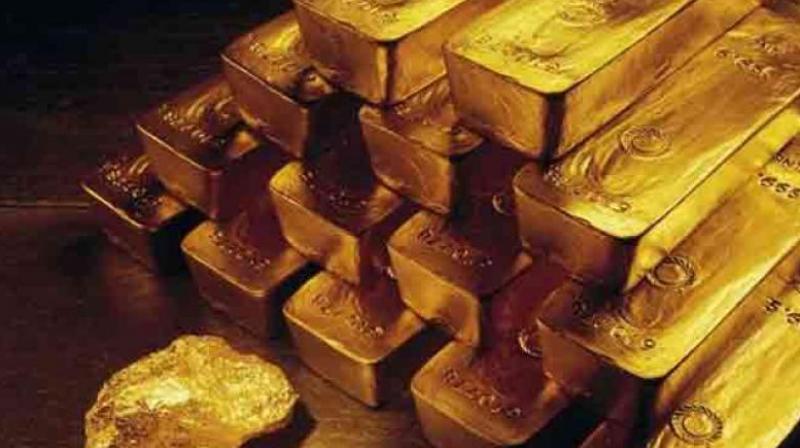Government plans to revive colonial-era gold mines

New Delhi: India is planning to revive a cluster of colonial-era gold mines — shut for 15 years but with an estimated $2.1 billion worth of deposits left — as the world’s second-largest importer of the metal looks for ways to cut its trade deficit, officials said. State-run Mineral Exploration Corp has started exploring the reserves at Kolar Gold Fields, in the southern state of Karnataka, to get a better estimate of the deposits, according to three government officials and a briefing document prepared by the federal mines ministry that was seen by Reuters.
The ministry has also appointed investment bank SBI Capital to assess the finances of the defunct state-run Bharat Gold Mines Ltd, which controls the mines, and the dues the company owes to workers and the authorities, said the officials, who are involved in the process. India, the world's biggest gold importer behind China, spends more than $30 billion a year buying gold from abroad, making the metal its second-biggest import item after crude oil.
Gold is a mainstay of Indian culture, serving as the primary vehicle for household savings for hundreds of millions of people in Asia’s third-largest economy. Gold jewellery is considered one of the best gifts for gods and humans alike, and the spike in demand during the wedding season that peaks in November and December can move global prices of the metal. Balvinder Kumar, the top civil servant at the federal mines ministry, said getting the Kolar mines going would help the government bring down its import bill.
Initial Mineral Exploration Corp estimates show reserves worth $1.17 billion in the mines, according to the briefing document. Another $880.28 million in gold-bearing deposits is estimated left over in residual dumps from previous mining operations. “These mines have huge potential,” Mr Kumar said. Meanwhile, physical gold demand fell 20 per cent last year to its lowest since 2009, GFMS analysts said in a report on Thursday, as a rebound in prices after three straight years of losses blunted appetite for the metal.
Buying of jewellery, coins and bars, plus official sector and industrial demand, fell to 3,349 tonnes last year from 4,184 tonnes in 2015, the analysts said, the lowest in seven years. That helped lift the net surplus in the gold market to 1,176 tonnes, up from just 220 tonnes in 2015 and the biggest physical surplus this century.

